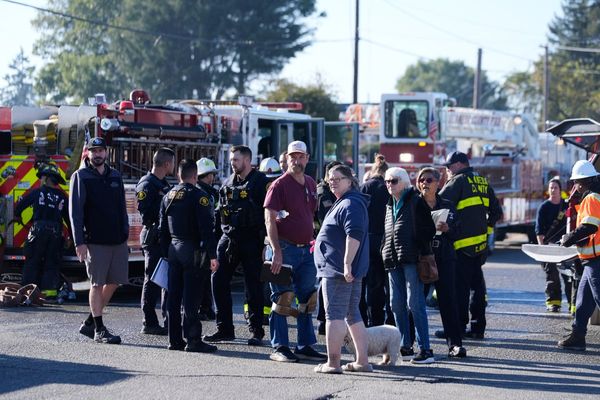If you’ve ever spent time on a farm, in the woods, or even just cruising around a big rural property, you probably already know how practical UTVs can be. These machines aren’t just for kicking up dust on the trails—they can haul gear, tow loads, carry passengers, and squeeze into places where a full-size pickup would struggle.
In some cases, they’re even more versatile than a truck, especially when you factor in their maneuverability and lower cost of ownership. So it’s no surprise that more and more people are asking: why can’t we just drive these things on the road?
Well, in some states, you already can—sort of.
A handful of US states allow street-legal use of UTVs and other special-purpose vehicles (SPVs), usually with restrictions like limited road types, speed caps, or special equipment requirements. But now, Kentucky is throwing its hat into the ring with Senate Bill 63, a new law going into effect on June 27 that gives local governments the authority to allow SPVs on public roads. It’s not a full-blown statewide legalization, but it’s a meaningful step toward embracing more diverse, locally-tailored mobility solutions.

The law doesn't automatically make all roads fair game, as it puts the decision in the hands of counties and municipalities. That means your local area might choose to allow UTVs on quiet country roads with minimal restrictions, or it might implement stricter rules based on traffic conditions and safety concerns.
Riders will need to register their vehicles for $10 a year and pay a $25 inspection fee before getting a title. These vehicles also need to meet basic road safety standards, including headlights, turn signals, mirrors, horns, and even a speedometer, among other things.
What sucks, though, is that they’ll still be banned from interstates and high-speed highways, and can’t travel more than 20 miles on any road with centerline markings.
Nevertheless, this kind of move matters because it acknowledges the reality of how people are already using these machines, especially in rural communities where SPVs can fill mobility gaps that traditional vehicles don’t. But it’s not without its challenges. SPVs aren’t built with the same safety features as cars, and letting them share the road poses a concern to authorities.
Plus, with each local government crafting its own rules, it could get confusing fast for riders trying to stay on the right side of the law.

Obviously, consistency and clear communication will be key moving forward.
For the powersports industry, though, this could be a sign of things to come. We might start seeing more UTVs designed with street-legal kits or even factory-built models aimed at mixed-use buyers. Dealers could tap into a new market of riders who aren’t just looking for weekend fun, but weekday practicality. It’s also a call to the industry to step up in areas like safety training, product innovation, and community engagement to make sure this kind of access sticks around.
In the end, SB 63 is a win for the powersports community. No, it’s not an open invitation to take your side-by-side onto every road in the state. But it is a thoughtful, flexible framework that shows lawmakers are starting to see SPVs not just as off-road toys, but as legitimate vehicles with real-world utility.
Sources: UTV Driver, Kentucky General Assembly







